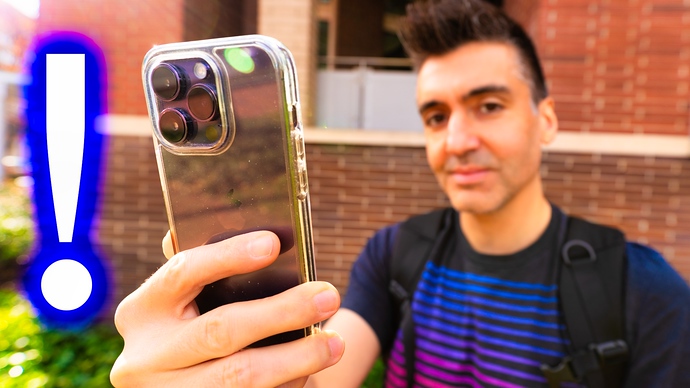This post was sponsored by BNESIM who provide eSIMs in over 200 countries. [What is this?]
There is a lot of confusion about eSIMs, what they are, how to use them, and whether or not they’re better than physical SIM cards. The short of it is eSIMs are a very convenient way to get mobile Internet when you’re traveling using a provider like BNESIM.
What Is An eSIM?
Let’s start with physical SIM cards – piece of plastic and gold insert into a smart phone to identify it to a particular mobile network. A valid SIM card gives you access to AT&T, or T-Mobile, or whichever network carrier it’s tied to. So even though there are mobile networks and signals all around you, the SIM in your phone is the key to a particular network. Most newer phones though are capable of using electronic SIMs, or eSIMs.
With a physical SIM card when you want to switch mobile networks you need to get another physical SIM card for that other network – then you have to swap it out with the one you were using before. eSIM essentially fill the same role as SIM cards, except it’s all digital and done right on your phone.
Using BNESIM To Stay Connected
The most straightforward way to use eSIMs when traveling (and avoid expensive international roaming fees) is to download an eSIM provider app. BNESIM is available on iOS as well as Android and essentially is an online store for eSIMs. Before your next trip you would search for the country you’re heading to, let’s say Ireland, and then purchase one of several plans. You can get a 7 or 30 day mobile data package as a one-time purchase or choose a lifetime plan so any unused data doesn’t expire, good if you know you’ll be visiting a particular country again soon.

There’s also the option of a subscription which gives you a discount of around 35% and is useful for countries where you’re going to be staying for longer periods of time.
eSIM And Go
Once you’ve selected a particular plan and purchased it, the BNESIM app makes installing the eSIM very simple. You just need to tap the install eSIM button and after a few minutes of digital magic, your eSIM is installed. This is basically the digital equivalent of swapping out a physical SIM card except you can load multiple eSIMs and don’t have to worry about losing any of them.
After the eSIM has been installed (you can schedule when it is activated, ideally the day you arrive in the country you’re visiting) simply turn it on from your phone settings, make sure data roaming is activated, and if you’re SIM/eSIM from home isn’t needed, disable that line while you’re abroad.
Installation of an eSIM for a foreign country or activation doesn’t have to be done in that country either. I find it’s easier to have things set up beforehand but so long as you have a wifi connection you can get all the eSIMs you like. And that’s pretty much it. For the most part when traveling eSIMs are a much easier, less expensive way to stay connected. You can get the amount of data you need, add more credit if you run out, and do all of this right on your phone without having to go to a physical shop. A service like BNESIM puts the store in your pocket and can keep you connected in the places you’re headed to next, with a lot less hassle, time, and money.
